The first Gira Tastsensor I bought was a tastsensor 2.
Then Gira came with a new model: Tastsensor 3.
Unfortunatelly this new model had a different background-light color (blue) while the Tastsensor 2 was having a green background light. So I couldn’t use them next to each other and actually using them in the same room was odd looking. (this was somewhere in 2011)
I03
Later I bought more ‘Tastsensor 3 comfort’ and ‘Tastsensor 3 plus’ devices, note that the ‘Plus’ version is having a display. They were labeled ‘I03’ which is the revision number. This I03 revision had a lot of problems with hanging status LEDs which won’t turn on or off anymore after using them for a few months (see here for a topic about it).
I05
Then Gira came with a new I05 revision. I bought a few and noticed these were having plastic clips. Mounting these on the bus coupler and removing them was so hard you think they’ll break.
A litte later Gira switched back to the steel clips, thank god.
Then Gira released an ETS update of the TS3 application but only for I05 and higher (however, I tried it on a I01 and I03 which also worked, not bricked).
After the I05, Gira made an I06 and I07, all having their own problems. See the timeline below;
TS2 until 2011
TS3 I01 (2010-11)
TS3 I02 ?
TS3 I03 (2012) – major problems with status LEDs
TS3 I04 (2013)
TS3 I05 (2013-08)(some of these used plastic clips, a NoGo for installers)
TS3 I06 (issues with led/colors are still reported)
TS3 I07 (>2014-12) – mixed versions with Blue background light and Green
I07
In the latest I07 TS3+ (plus) versions I see something in the upper left corner of the display that looks like an air bubble… not one.. All of them have it.
I bought several Tastsenor 3 Plus (I07) and Tastsensor 3 Comfort (I07) units, all of them have a different color background-led, between Green and Blue. So, nothing basicly changed from 2011, I still couldn’t use them next to each other..
I am at the point that I won’t buy a single Gira Tastsensor anymore, first of all because they are VERY expensive compared to their quality, functions and design. Paying more than €100,- for an odd looking switch or more than €300,- for a unit with a small display which is hard to read is crazy! (don’t forget the KNX wiring and a Bus Coupler, oh.. BTW. you can’t use the bus couplers you bought for the TS2, you need need ones for the TS3)
Maybe back in the 90’s they could have asked such an amount for such a product but these days you can buy a 10″ tablet for € 100,- or buy 12″ FLAT wallmount tablet running the Quadclient in native 1366×768 design, running Windows 10, Wifi, etc.
Looking for another solution
I experimented a lot with tablets, wallmount frames, home-made stainless steel frames and finally found the best and combiantion:
A 12″ Windows tablet in a nice looking frame! (thanks to this topic and a lot of people helping me trying)
Having a 12″ tablet is even better than a Gira Control 19 because:
- A Gira Control 19 client including a frame is about €3500,-
- You need to break a hole into your wall (not a small one)
- Because it is very easy to mount in a lot of places (using WiFi and an adapter is enough) you can install multiple of them in your house. Same were you otherwise had installed an Tastsensor 3 plus.
- You can run all add-ons like Sonos, Skype, Intercom, Softphone and even Windows 10 Apps like OneNote, etc. because the tablet is running a normal Windows 10 Operating system (not an Embedded and outdated Windows XP like the Gira Control 19 client).
Powering can be done by 3 options:
- Using the adapter which comes with it
- Using a built-in UP adapter (industrial in-wall/flush mount 230v – 5V adapter)
- Using an in-wall POE device (Active using 802.3af/at or Passive using 48V injector)
To make it easier I bought 15 pieces of each so shipping was cheaper and listed them on the Shop page. Depending on how soon they’re sold I’ll buy a new batch. The tablet is assembled and ready to use in the frame.
If you want to Do-It-Yourself you can buy the products directly from the different suppliers and cut the frame to fix the tablet youself (which might be a quite narrow job). The tablet is an Odys Unity Pro (Germany) in a Nielsen frame. The POE device is from Tycon Systems (shipped from USA, it’s the smallest and best device I found during my extensive search) and the flush mount industrial adapter can be bought from Egston (shipped from Austria) but might be a little low on power. I later ordered the framed 5V, 2A power supply from DealerExtreme, it’s so tiny that it can be easily put in the UP-dose behind the tablet.
I also ordered a small IOCrest USB3 Gigabit Ethernet adapter so the tablet can work on a LAN cable instead of a (possible) instable or insecure WiFi. The adapter is so small it can easily be hidden in the UP-dose behind the tablet, in the wall.
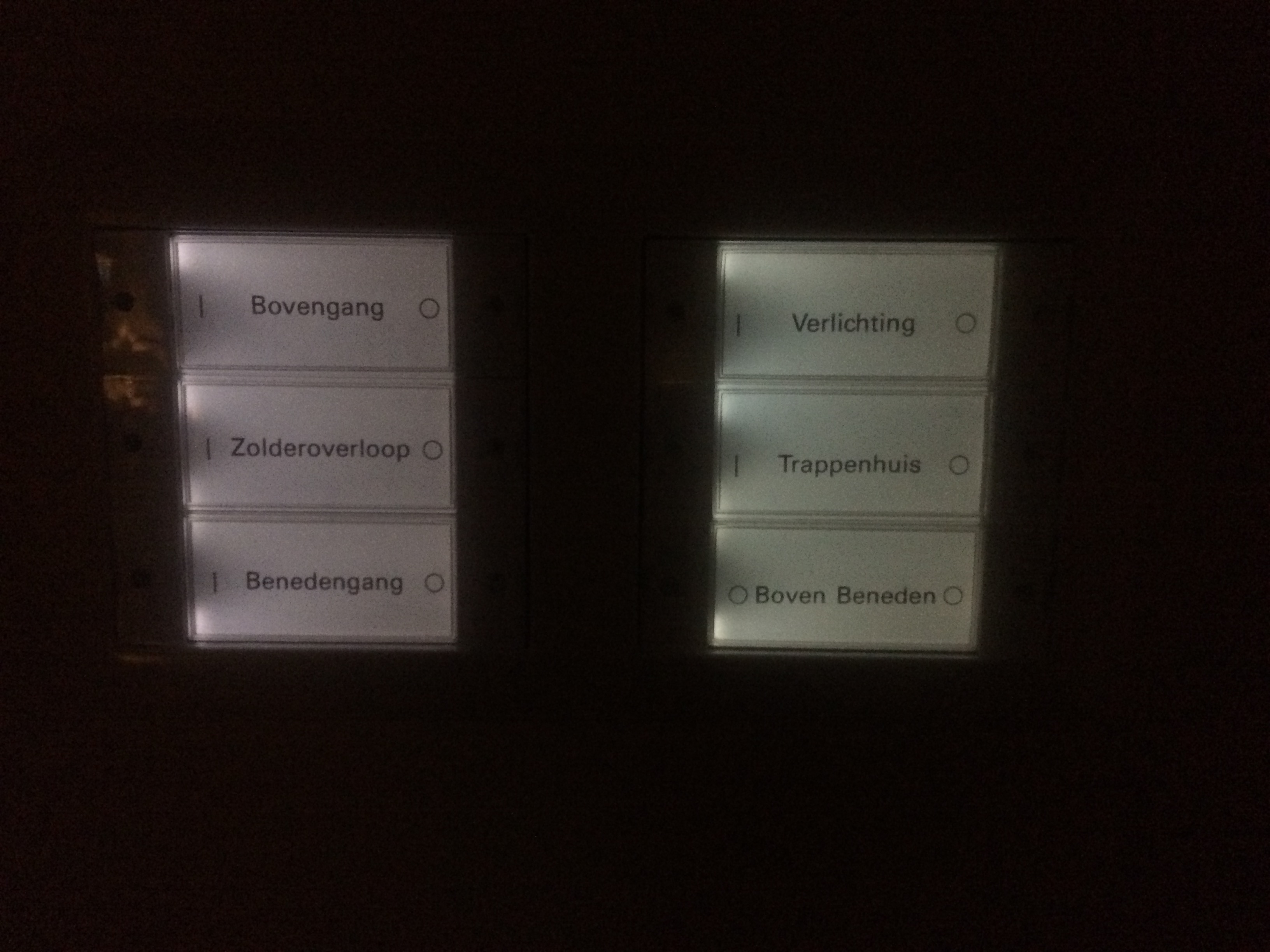
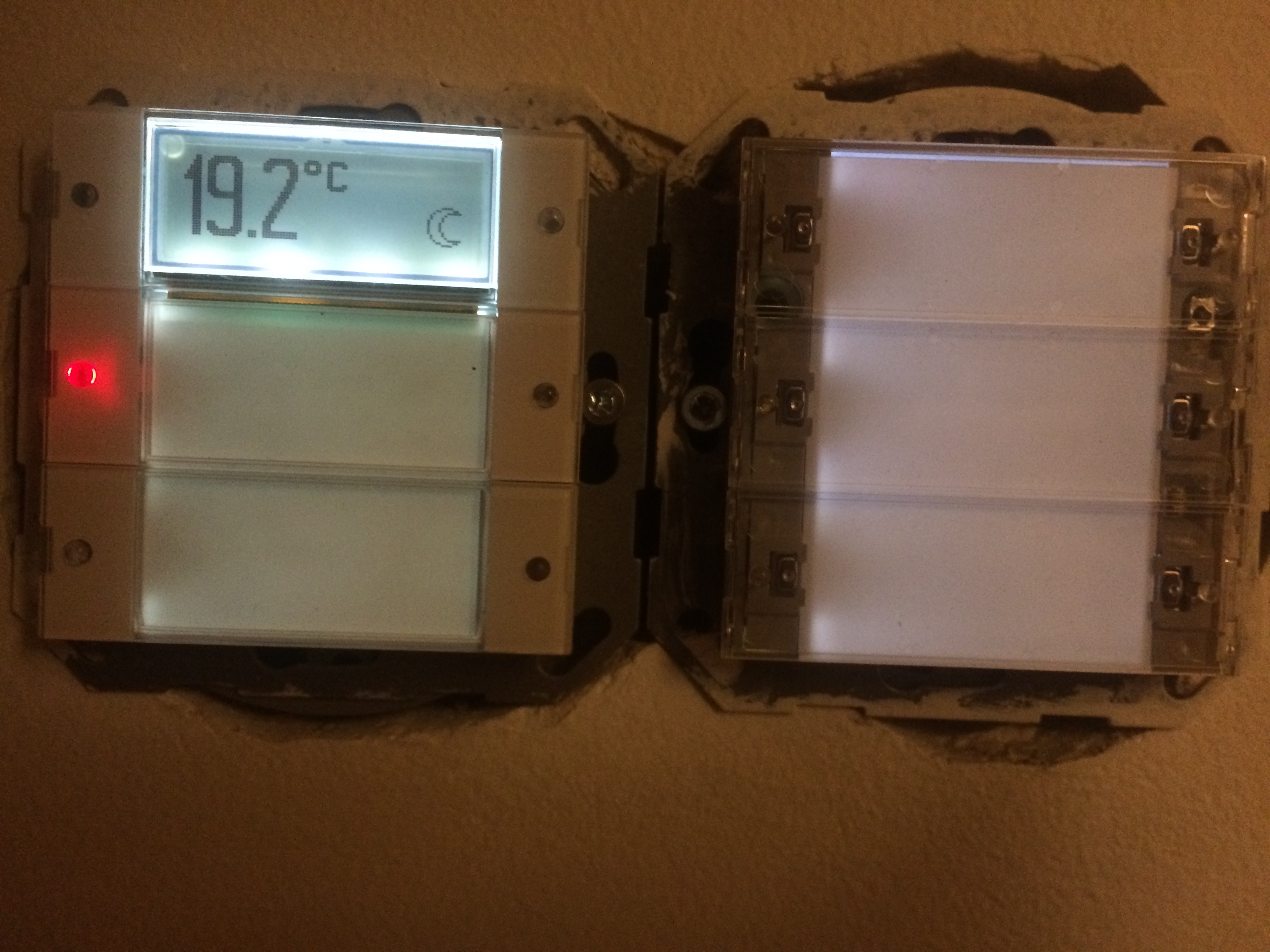
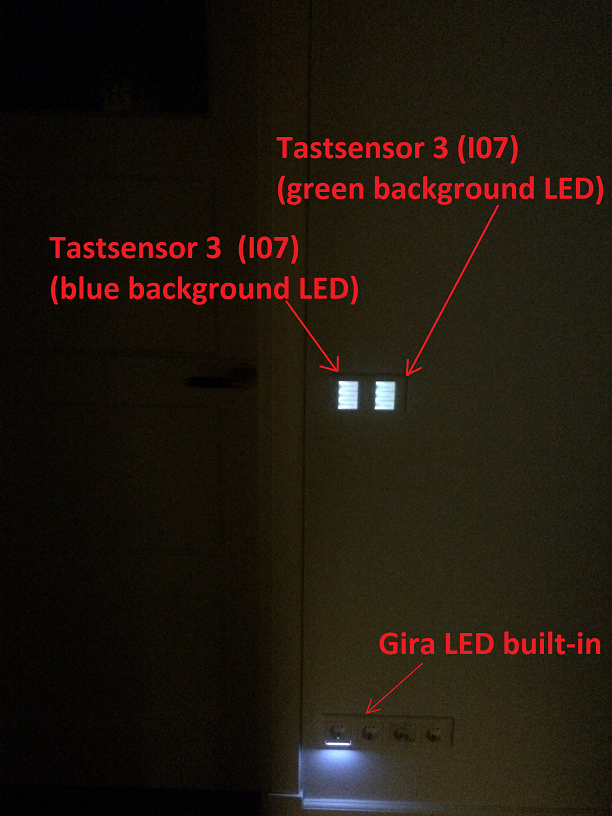

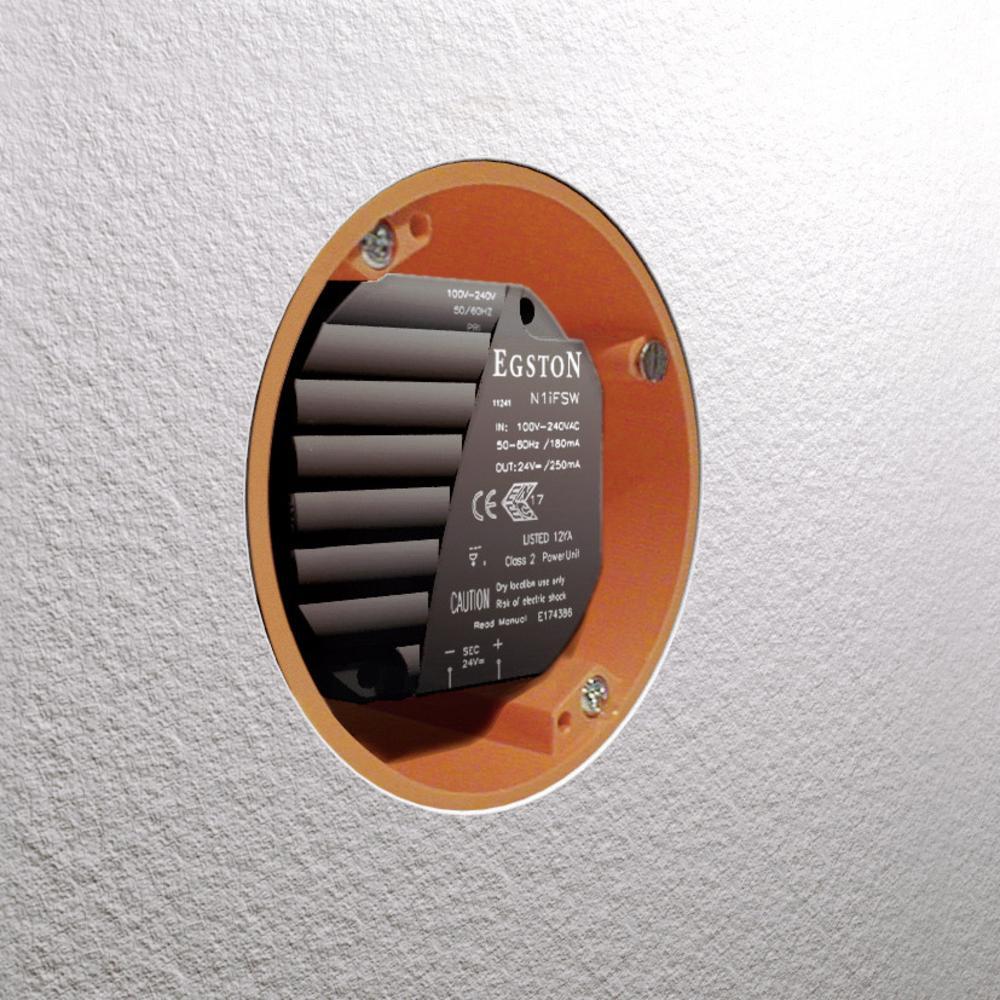
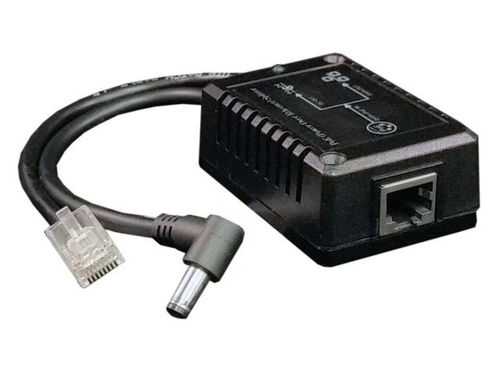
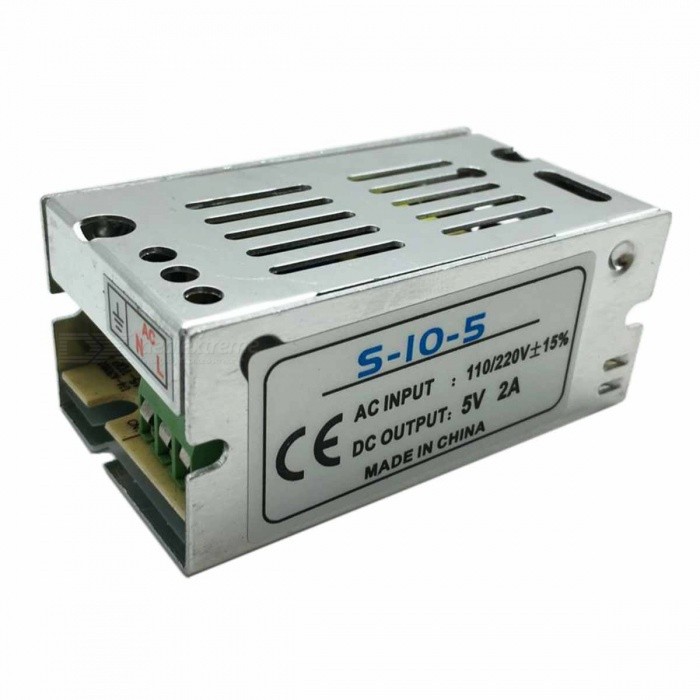
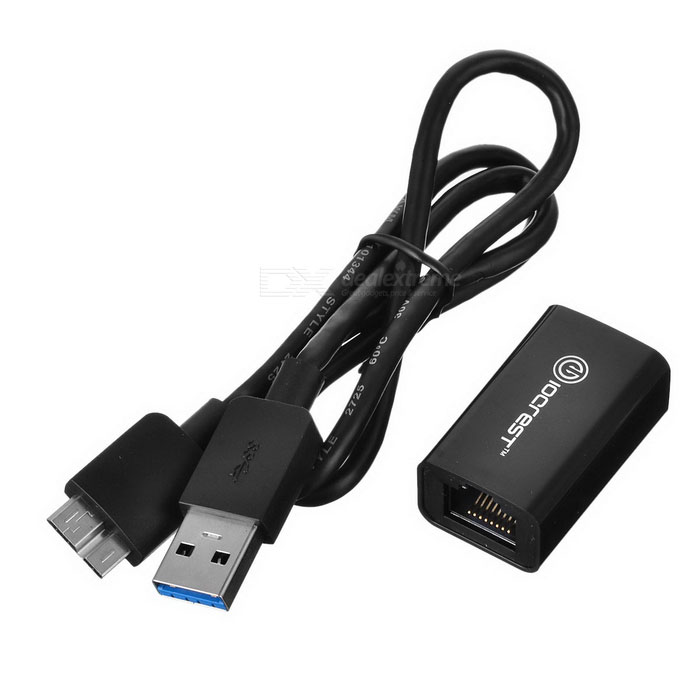
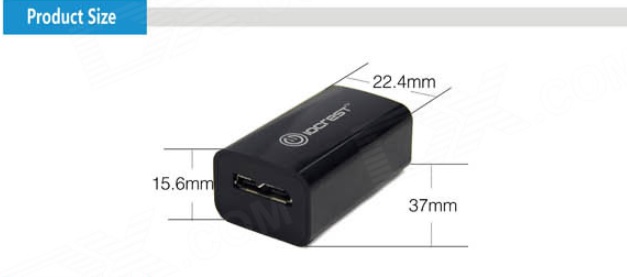
Leave A Comment